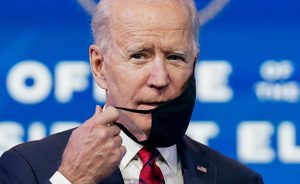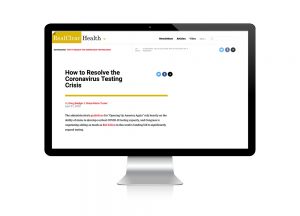
To prepare for a coronavirus surge, initial public-health guidance advised hospitals and medical facilities to shut down for non-emergency care. The motivation was largely to preserve medical resources for those infected with the coronavirus, although another benefit has been to reduce the virus’s contagion to other patients.
Acting on federal advice, 31 states and the District of Columbia restricted non-emergency care at hospitals and surgery centers, including cancer treatments and other potentially life-saving services. Others voluntarily shut down elective services. On the positive side, the chain reaction will accelerate adoption of telehealth, which was vastly underutilized despite its promise to streamline care, reduce wait times, keep sick people out of waiting rooms, and address geographic disparities in access to care. On the negative side, hospital capacity has idled, devastated provider revenue, and led to widespread furloughs.








